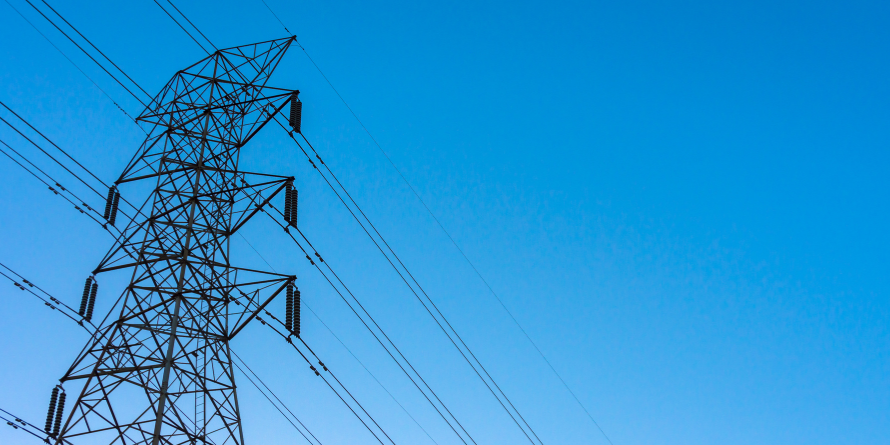Posted on: 19/03/2021
In December 2019, Ofgem published their final decisions under the Targeted Charging Review (TCR). With the implementation of these changes fast approaching Head of Pricing, Tom Putney provides a much-needed update with everything you need to know about the TCR ahead of our Non-Commodity Price Forecast webinar and Generator Revenue Streams webinar next month.
What is the Targeted Charging Review (TCR)?
The Targeted Charging Review (TCR): Significant Code Review (SCR) is a project, led by industry regulators, Ofgem that assesses how residual network charges should be set and recovered in Great Britain. They will be changing the way the following network costs are charged:
- TNUOS – Transmission Network Use of System
- DUoS – Distribution Use of System
- BSUoS – Balancing Services Use of System
Key information for I&C Businesses
With the focus on making the TNUoS and DUoS charges fair and transparent, Ofgem has decided to levy all residual charges for end consumers.
Residual charges make up the main proportion of TNUoS and roughly half of DUoS, covering the costs of using the existing network. The remaining proportion of TNUoS and DUoS costs are forward-looking costs that cover the costs of network growth and expansion.
From April 2022 the recovery of these charges will be moving to a new fixed charge, with the value recovered through the existing TNUoS triad charges and DUoS red/amber/ green rates falling significantly.
For non-domestic consumers, there will be a single set of transmission residual charges, and a set of distribution residual charges for each of the 14 distribution licensed areas, for each fixed charging band. Each site will be assigned to a band, which is be defined by a consumer’s voltage level and, with further boundaries defined based on agreed capacity for larger consumers, and net consumption volume for smaller consumers. The band a customer is assigned to was set at the end of 2020 by the DNOs based on a 2-year average, with these bandings now fixed until 2026.
As a result, from April 2022 the price you pay for TNUoS and DUoS residual costs will be a fixed charge on your bill, but will vary on a site by site basis based on capacity or annual consumption. This means customers will see an increase in the standing charge they pay, but a reduction in their unit rates. One big implication of this is that there will be very little value in Triad avoidance (from November to February) once these reforms have been implemented, as consumers will not be able to shift demand in order to avoid these costs.
Key information for UK Generators
The major news for embedded generators coming out of the Targeted Charging Review (TCR) is that the Balancing Services Use of System (BSUoS) embedded benefit is to be removed from April 2021. Expected to result in a loss in revenues of around £4.90/MWh compared to 2020/21, this will apply to distribution connected generators under 100MW.
This is all to be achieved by recovering BSUoS charges on a gross basis at the Grid Supply Point, rather than on the current net basis which treats embedded generation as ‘negative demand’. By making these changes, Ofgem claim that consumers will save between £3.8bn-£5.3bn by 2040.
Whilst this will make the business case for renewables harder to make, it is at least a better outcome than the regulator’s original minded-to-decision under which embedded generators would have had to pay BSUoS charges.
It’s worth noting that generators in North Scotland which are currently subject to flipping will benefit from this decision too. With charging to be recovered on a gross basis, there will be no BSUoS charge for these generators to pay.
We’ll be contacting our customers directly with regards to the removal of the BSUoS benefit from 1st April 2021.
What’s next?
Our price forecast webinars next month are not to be missed where I’ll be providing an update on all costs associated with the TCR, along with all non-commodity costs and generator revenue streams.
- Regsiter for the Generator Revenue Streams Webinar – 21st April, 11am
- Register for the Non-Commodity Costs Webinar – 20th April, 11am
If you are a SmartestEnergy customer and would like to understand in greater detail what this means for you, please contact your account manager directly.

 United States
United States Australia
Australia






